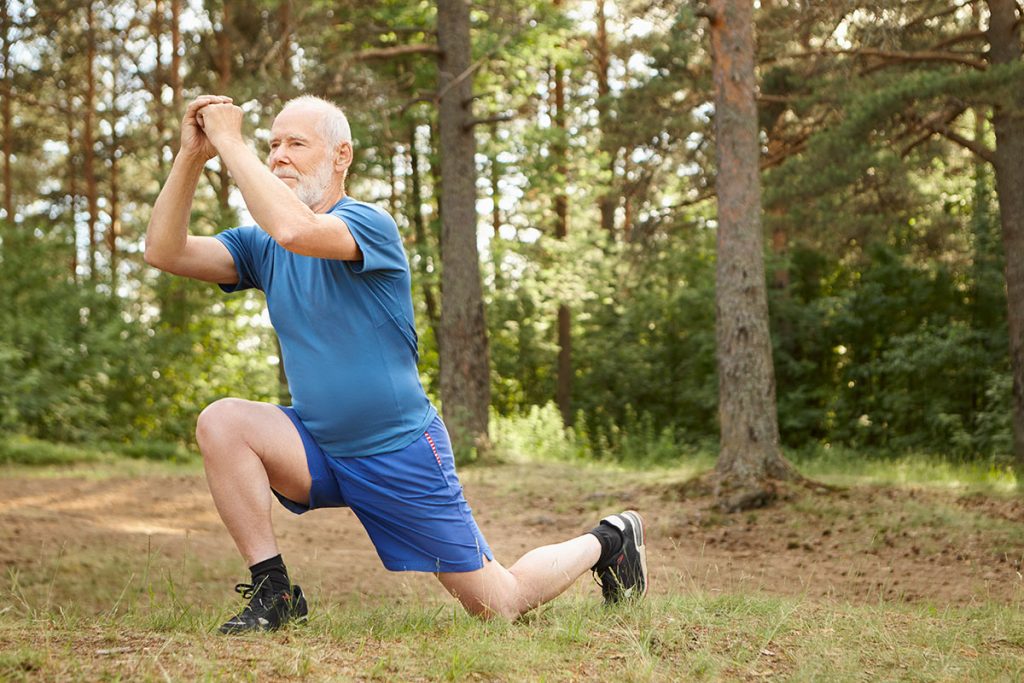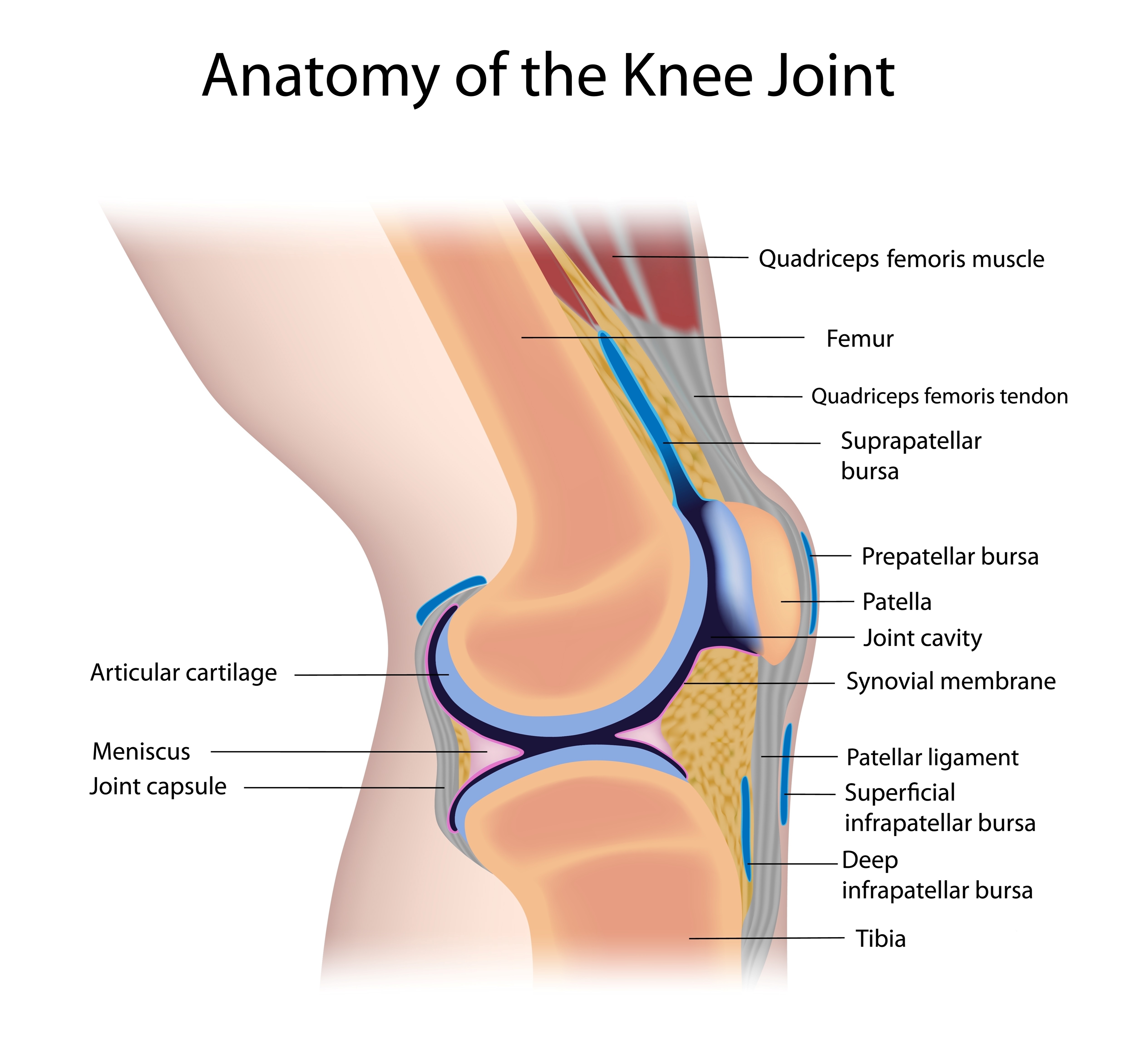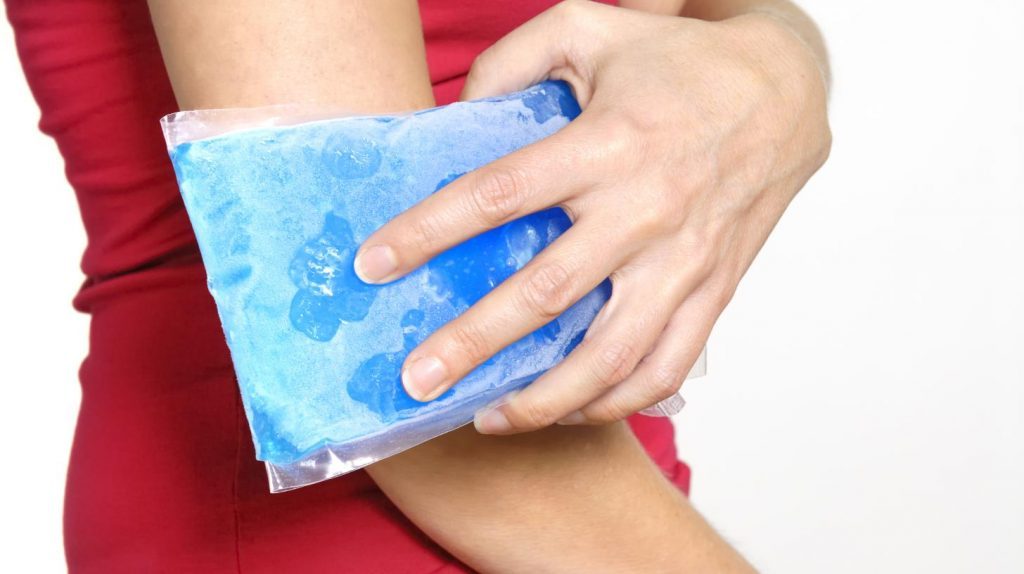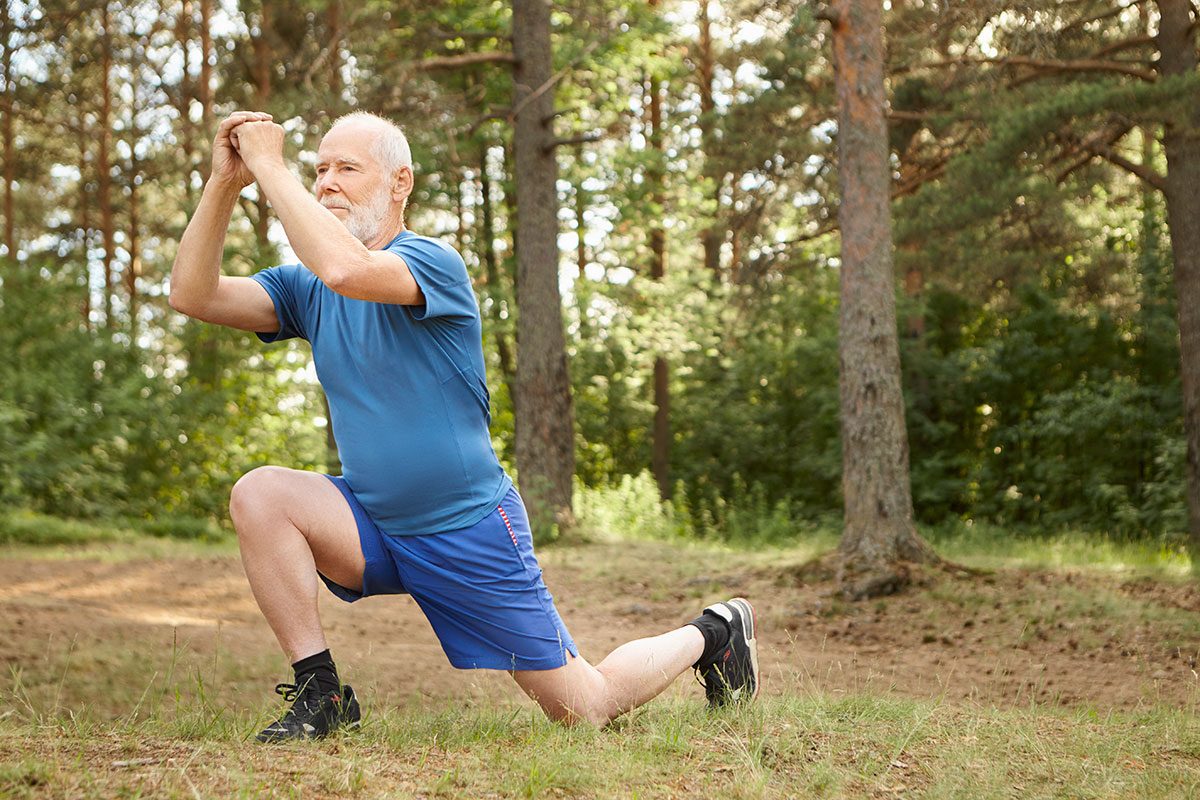
Table of Contents
- What is Patellofemoral Pain Syndrome (Runner’s Knee)?
- Causes
- Symptoms
- Treatment
- Just for Runners
- When to See a Doctor?
What is a runner’s knee? The medical field calls runner’s knee patellofemoral pain syndrome (PFPS). The condition is referred to as a runner’s knee because it commonly afflicts people who regularly run or jog. However, it is a medical condition that can develop in anyone for various reasons. The American Academy of Family Physicians says it is one of the most common causes of pain in the front of the knee in people younger than 60. The estimate is that 3-6 % of teens and adults experience anterior (front) knee pain.
What is Patellofemoral Pain Syndrome?
The knee has six main components:
- Bones – upper end of the shinbone (tibia), lower end of the thigh bone (femur) and the kneecap (patella)
- Cartilage – cushions the bones and helps bones glide smoothly
- Tendons – tendons connect muscles to bones and help with kneecap stabilization
- Ligaments – help keep bones in place to stabilize the knee structure
- Synovium – thin tissue covering the joint’s surface to lubricate the joint
- Fat pad – a small cushioning pad of fat below the kneecap that serves as a shock absorber

The kneecap is designed to rest in a groove at the femur’s end. A lot can go wrong with the knee, leading to knee pain. Patellofemoral pain syndrome specifically refers to pain that develops under and around the kneecap when soft tissues and bone are inflamed or damaged. Soft tissues that may get inflamed include the tendons, synovial joint lining, and the fat pad.
Causes of Runner’s Knee
Pain develops when the knee structure gets out of alignment or tissues are injured. Though patellofemoral pain syndrome is called runner’s knee, it is not just running that leads to patellofemoral pain syndrome. The following are common reasons for developing a runner’s knee.
- Vigorous and excessive running or other knee-pounding activity inflamed knee tissues or leads to a misalignment in the knee structure
- Walking in a way that stresses the knee, like with the feet rolling inward while the kneecap is pulled outward by thigh muscles
- Defective knee structure
- Leg length discrepancy
- Injury to the knee
- Poor foot support leads to excessive stress on the knee structure
- Thigh muscle weakness or imbalance
- Tight calf muscles and hamstrings
- Sudden knee twisting or increase in physical activity
- Excessive knee bending
- Being obese or overweight
Studies have found that weakness in the hip abductor or a greater hip adduction angle may be significant causes of knee issues. Overloading the knee due to running, jogging, climbing stairs or walking a certain way is a top reason for pain developing in and around the kneecap. So, while this syndrome is called a runner’s knee, it can develop from personal and work activities that increase the knee’s workload.
Runner’s Knee Symptoms
Knee pain after running is the most common symptom of PFPS. However, a runner’s knee is a syndrome because there may be multiple symptoms.
- Pain around or under the kneecap, especially when exercising or bending the knee
- The knee gives out unexpectedly
- Grinding, popping, or clicking noises in the knee during movement
- Pain that develops after sitting for an extended period
- Knee swelling
- Feeling a tightness in the thighs and calves
Runner’s Knee Treatment
A doctor can identify a runner’s knee by performing a physical examination, which involves having you do various movements like squatting and walking because they involve the knee. Imaging is used to determine if there are other causes of persistent knee pain, like osteoarthritis or a bone fracture.
The best runner’s knee treatment is not to run or do the activities that are causing the pain until you can resume the activity without pain. That is challenging for active people. Resting the knee is one of the first treatment options because it gives the knee tissues and bones, causing the pain time to heal.
If resting the knee when you have knee pain from running or other strenuous movements does not help, there are additional treatments.
1. Medications
Taking over-the-counter anti-inflammatories and pain relievers, including an NSAID or acetaminophen, may help with pain management.
2. Cold packs
Applying cold packs to the knee for 20 minutes daily may reduce swelling.

3. Physical therapy
Physical therapy includes rehabilitation exercises to strengthen the muscles supporting the knees so the leg and knee stay aligned.
4. Adding knee support
Taping the knee or wearing knee braces provides added support to the knee and helps keep it in alignment to reduce pain.
5. Home exercises to strengthen muscles
One of the best ways to relieve front knee pain is to do home exercises that target the hip and thigh muscles.
6. Wear better footwear
Wearing shoes with more support or adding shoe inserts may relieve some knee stress.
A last resort is a surgical procedure like an arthroscopy or the more invasive knee realignment procedure.
Just for Runners
Since running and jogging are two of the most common causes of patellofemoral pain syndrome, sports and exercise enthusiasts should learn how to run in a way that places less stress on the knee. They include landing on the center of the foot first instead of the heel and then pushing off with the front of the foot. Taking smaller steps, keeping hips straight and doing intermittent walking and running if pain develops are other strategies.
By quickly addressing knee pain from running, you can prevent the symptoms from worsening. Pain is your body signaling something is not well and needs attention. Unfortunately, dedicated runners think of pain as a badge of honor. Ignoring knee pain is never advisable.
Talk to Your Doctor
Addressing patellofemoral pain syndrome first involves taking steps at home, like resting the knee and strengthening the hip and leg muscles. You can determine if there are posture changes you can make during activities to improve hip and leg alignment. Changing a routine, like taking a break from running or avoiding steps at work, gives the knee time to recover. Generally, if the pain persists after 4-6 weeks or you believe you may have injured your knee, it is time to talk to your pain doctor. The pain specialists at SAPNA clinic can offer various treatment plans to help with your specific needs.
![]()
Call (703) 520-1031 or feel free use the form below to ask any questions about patellofemoral pain syndrome (runner’s knee).
Sources
- https://www.aafp.org/pubs/afp/issues/2019/0115/p88.html
- https://orthoinfo.aaos.org/en/diseases–conditions/patell
- https://www.ncbi.nlm.nih.gov/books/NBK557657/
- https://www.ncbi.nlm.nih.gov/books/NBK561504/
